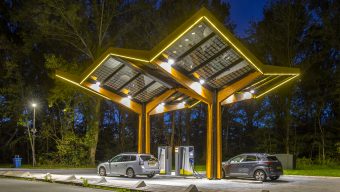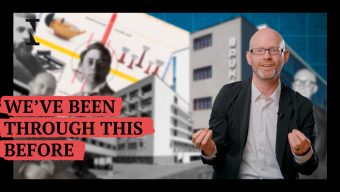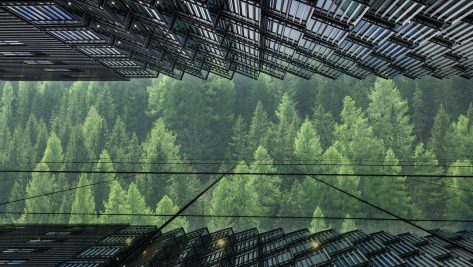Design and architecture clearly play a key role in positioning and reinforcing city brands, boosting local economies, and making urban areas more competitive. Over the past few decades, the construction of unique buildings has been a very effective means of approaching these goals. Look no further than the much-touted Guggenheim Museum in Bilbao. While this building was just one of over a dozen major urban projects for the transformation of this industrial city in northern Spain, it became the popular symbol for all the efforts. Nowadays, however, cities need to project their own image—their DNA—with an integrated approach to design.
The aim of this integrated approach should be to cultivate a vibrant community, thereby attracting talent and innovative firms and furthering the city’s role in the digital economy. The focus has shifted towards “livability.” We are evolving towards an understanding of making the city responsive and enjoyable for different people with different needs. Responsiveness must be developed in many sectors, from the economy to urban services and governance. Clearly, the physical realm is also fundamental. Part of this is creating high-quality public spaces. As in all areas having to do with people, experiences are of the utmost importance. The public space interface is crucial, as it provides the backdrop for all sorts of activities.
The public spaces and buildings of a city, when taken individually and as a whole, often have symbolic value. If our streets are safe and accessible or if our sidewalks are wide and comfortable, we can understand that all pedestrians are important, and more so than cars. Likewise, a building must reflect the organization’s accountability and interaction with the surrounding community. It must represent fundamental values such as transparency, sustainability, energy efficiency, and even the responsible selection of building materials. Environmental friendliness is but one expression of a building. The architecture of a city can tell us something about its attitude toward the past (through historic preservation), or its understanding of density and vibrancy (through mixed-used developments), or how it sees the future (through the new buildings that are allowed to be erected).
Attracting talent is a fundamental challenge that cities now face. Each city must address this challenge directly through its own unique strategy. Beyond the physical environment and the list of companies operating in the local area, the overriding message has to do with city administration. Indeed, it has to do with an essential value that all residents must share: awareness of what makes the city unique and sets it apart from other cities.
The municipal government, the residents, the physical environment, the urban services—every facet of the city must be steeped in this essential value. Architecture forms part of this larger ecosystem that is the city.
The architecture of a city can tell us something about its attitude toward the past, or its understanding of density and vibrancy, or how it sees the future.
Addressing the challenge
Until recently, it was relatively simple to design a new real estate product based on rational demand associated with future economic activity. The problem today is the speed with which the economy and society are evolving. How do you design for a future that is changing rapidly and often in unexpected ways?
The complexity of the situation has to do with several factors. Architecture and construction are activities that take time, and our building stock must last and be useful for decades. Developers and lenders are often conservative, asking architects to repeat models that worked in the past, without taking into account future needs. This is in contrast to the dynamic nature of cities and new visions for the future.
Architecture is now trying to respond to the new reality. The profession is evolving to see architects as proactive agents who work hand in hand with developers to suggest new models. The increasingly collaborative nature of the profession—with input from demographers, sociologists, scientists, residents, and others—means that there is greater understanding of the new roles of architecture in the city.
Technology and its impact on the transformation of a city is an important area where government, industry, and architecture must go hand in hand. Technological changes, from small measures such as information screens to major ones, such as autonomous cars, have repercussions in the physical environment. Making sure that our future urban environment is safe, sustainable, functional, attractive, and memorable requires the input of design professionals.
The challenge for the future is one of understanding the city as a whole, with an overall strategy for the future, while at the same time recognizing that each intervention in the physical environment contributes to or detracts from that goal. Architects, urban designers, and landscape architects are able to understand complexity, ask the right questions, and put forward exciting proposals for our future cities. Embracing change and collaboration are the keys to the future.
© IE Insights.











